year2, studio 6 - extreme enviroment
For our second year we all coincidentally without consulting each other decided to choose studio6, and was a pleasing surprising to see each other in the first studio meeting.
"The environment we will be looking at is that of Iceland, bordering on the Arctic Circle. A cold environment that forces a certain way of life, with long summer days of perpetual light, continuously dark winters, The Polar Nights and the Aurora Borealis. An environment with extremes of glacial flow, continuous volcanic activity, snowfall and geo-thermal heat bubbling below the surface, with temperatures ranging from -24 to +24 degrees centigrade."
"We will begin the year with an investigation into methods of control and intensification of daylight and sunlight. This will be followed by an intense initial building project to develop digital and environment techniques of modeling and representation through casting, solid physical and computer modeling. This project will look at the climatic and social issues in this extreme environment, and develop architectural rules required to overcome them. The techniques developed will be used to analyse the architectural and spatial effects of the proposals. Students will be asked to develop the project on the basis of gathered and researched information of a given site in Iceland, and will be encouraged to allow the outcome to emerge through the process of investigation, rather than design."
The main assignment for the year will be a proposal that is to serve and develop this extreme environment, adapting locally to its climate, context and culture. The site will be surveyed during the field trip in November and the work will continue in London.
"The environment we will be looking at is that of Iceland, bordering on the Arctic Circle. A cold environment that forces a certain way of life, with long summer days of perpetual light, continuously dark winters, The Polar Nights and the Aurora Borealis. An environment with extremes of glacial flow, continuous volcanic activity, snowfall and geo-thermal heat bubbling below the surface, with temperatures ranging from -24 to +24 degrees centigrade."
"We will begin the year with an investigation into methods of control and intensification of daylight and sunlight. This will be followed by an intense initial building project to develop digital and environment techniques of modeling and representation through casting, solid physical and computer modeling. This project will look at the climatic and social issues in this extreme environment, and develop architectural rules required to overcome them. The techniques developed will be used to analyse the architectural and spatial effects of the proposals. Students will be asked to develop the project on the basis of gathered and researched information of a given site in Iceland, and will be encouraged to allow the outcome to emerge through the process of investigation, rather than design."
The main assignment for the year will be a proposal that is to serve and develop this extreme environment, adapting locally to its climate, context and culture. The site will be surveyed during the field trip in November and the work will continue in London.
Mark Rothko Black Series
Rothko Exhibition
For me one room stands out in particular, room number 6, probably because of its unfamiliarity and strangeness of the Black-Form paintings; as you get used to the maroon works of Rothko in the previous rooms, especially the Seagram murals. Which I tend to acquaint Rothko with. When you enter room 6 the familiar shapes and colours of Rothko, from the previous room is replaced by what seems emptiness at first glance, and a sense there nothing to see, just series of dark canvases arranged accordingly. When I started focusing at the painting, first curiously trying to work out what the artist was trying to portray, and also in search for the shapes that was present on the other paintings. After few minutes, I began to lose sense of time, and the painting gradually and literately came to life, revealing the different layers, tones, and also the familiar 'window' shape could be seen. This interesting piece requires the audience to look at the painting to understand it and to completely appreciate it.
Practice Visit
On Tuesday, 18th May 2010, a visit to Cottrell Vermeulen was organized in the objectives of learning the way an architecture practice works. Based in Elephant and Castle, it has been at least 20 years since the year it was founded.
Explaining the whole system of the practice. The interesting fact about the practice is that they have long-term plans clients which is an unusual scenario for a modern society in terms of architecture.
Demands were always on top of list, but the practice has an ongoing contract with a client spanning almost over 15 years. Major part of the contract was about developing and until now, it keeps on growing.
Model making is a key phase in the practice's approach towards a design project. Plus, they are all hand made like how students do their models with cardboards and grey boards. They believe that this method would benefit creative engagement towards parts of a design.
Collages were still a widely used approach in the practice
Part II student from London Met working at the practice presented her work which was focusing on materiality and varieties of designs of a subject
Behind-the-scenes of the practice
Part III student working at the practice presented her work on
an upcoming exhibition which she co-design with
some other famous illustrators
HIGH STREET 2012 : A Place of Pleasure
WAN EMIR ASTAR [08017710]
Site 1 : Canal, Mile End (Part 2)
After further investigations of the site, the canal lock was of particular interest as the first sketch of the site was the lock.
Surveys were made. The mechanism of the lock is of the highest of importance as it defines the whole purpose of the lock.
General Overview of the Lock Operation
General Overview of the Lock Operation [Detail]
The Lock operation was crucial as it would have a direct relation to the design brief. From the aspect of the time range, to the steps of the whole operation. The mapping were done in two ways : before the water level rises ; after the water level rises
Lock Operation
[after water level rises]
HIGH STREET 2012 : A Place of Pleasure
WAN EMIR ASTAR [08017710]
Site 1 : Canal, Mile End (Part 1)
Site 1 : Canal, Mile End (Part 1)
The exploration of the site was the first step in the design process. Quick sketches were helpful in highlighting personal interests.
Quick sketches on site
Looking into the history of the area also helped to unlock certain key aspects of the area. Present and past would differentiated in terms of both the physicality and the social pattern of the community within the site. The detailed mapping of the site was scaled up to a general overview of the Regent's Canal(from the site to 1.5km to the north of the canal). The purpose was to figure out the whole social pattern and places of interest along the canal.
Shanghai's World Expo
Organizers of Shanghai's World Expo have been holding trial runs this week, before the official opening this Saturday, May 1st. About 70 percent of the nearly 200 participants participated in the trials, and visitors were already encountering long lines. Officials now estimate the 6-month event, themed "Better City, Better Life", will attract up to 100 million visitors, 95 percent of them Chinese. Shanghai has spent 400 billion yuan (58.6 billion US dollars) preparing for the Expo, according to state media - more than was spent on the Beijing Olympics.
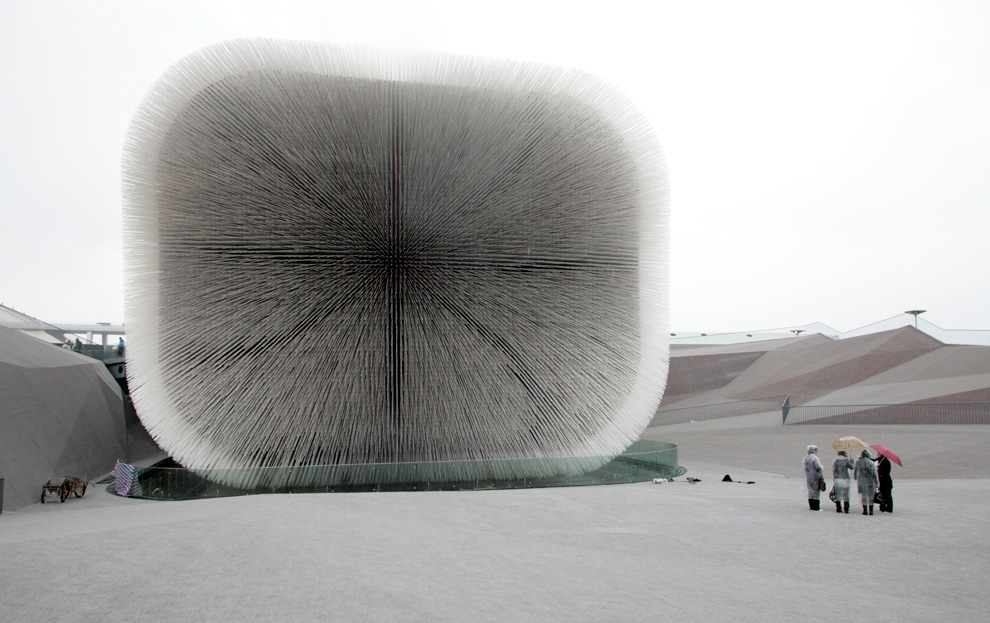
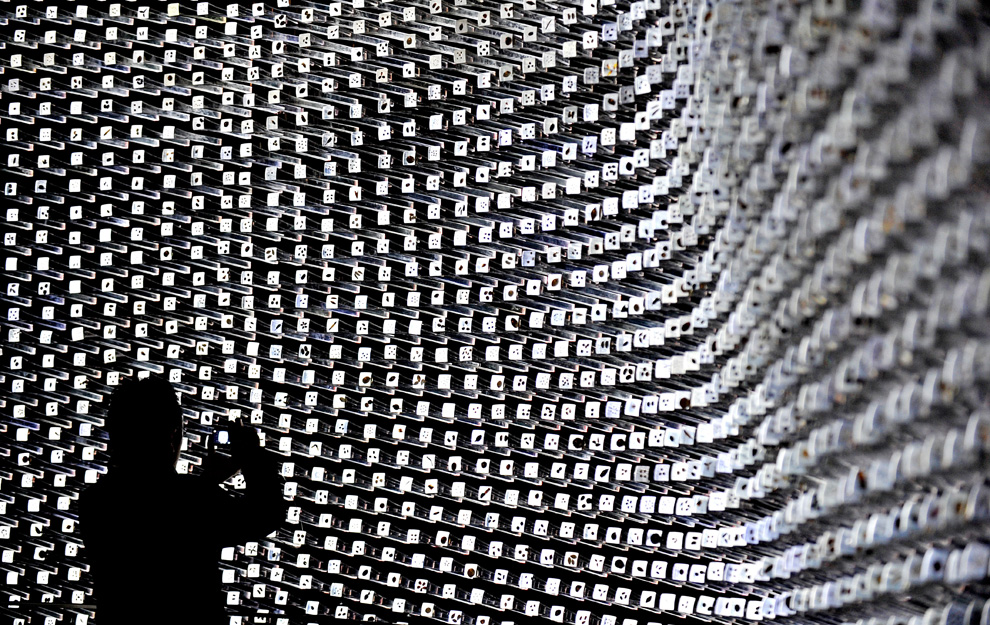
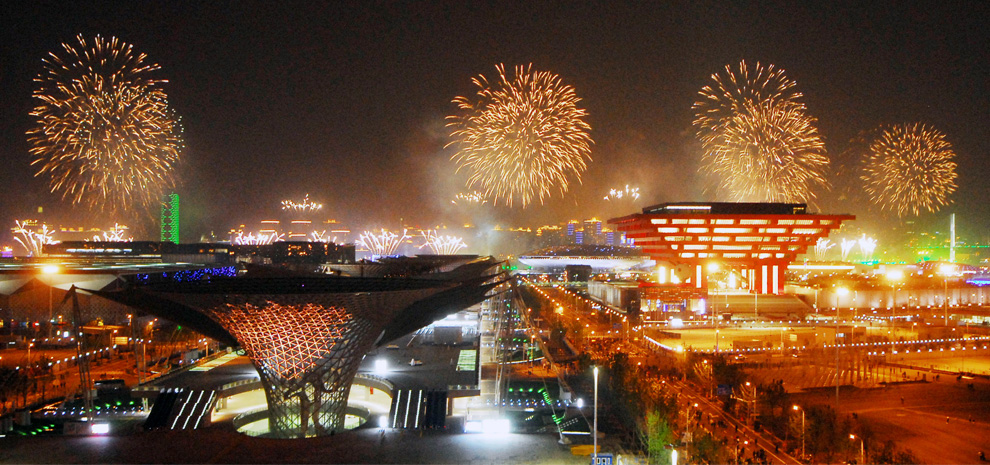


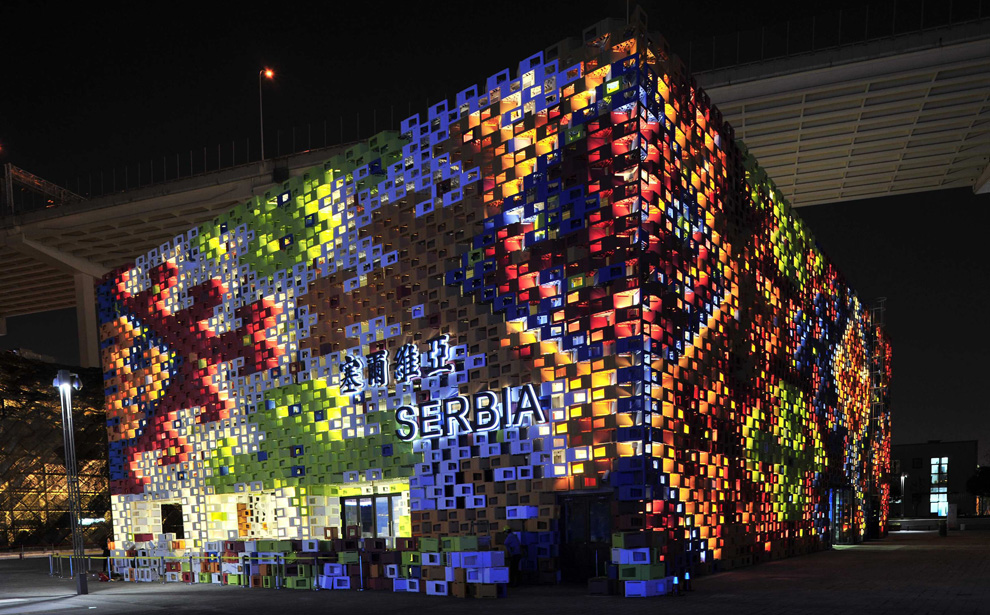
Visitors gather in front of a huge animated baby mannequin displayed in the Spanish pavilion at the site of the World Expo 2010 in Shanghai on April 25, 2010. Expo organizers gave members of the public a preview of the largest-ever World's Fair as they tested facilities and public transportation before the official start on May 1.

Visitors stand outside the U.K. Pavilion, known as the "Seed Cathedral," at the site of the 2010 World Expo in Shanghai, China

A man takes a picture inside the British pavilion at the World Expo 2010 site in Shanghai on April 14, 2010.

Fireworks explode over the site of World Expo during a rehearsal for the opening ceremony in Shanghai, China on April 27, 2010.

An aerial view shows the French Pavilion at the Shanghai World Expo site in Shanghai

A night view shows the Russia pavilion at the Shanghai World Expo site

A night view shows the Serbia pavilion at the Shanghai World Expo site
Is the sketch superior to the computer-generated image?
Yes, says Alan Dunlop, a line drawing lasts the test of time; while Alice Scott thinks computer rendering is a more powerful tool.
YES
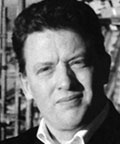
Alan Dunlop, architect
and academic
YES

Alan Dunlop, architect
and academic
Look at the work of the great architect draughtsmen and you will see that a finely crafted line drawing stands the test of time. They are a measure of the care that the architect feels for the commission. The drawings of Vilhelm Wohlert, no matter how sketchy or tentative, show extraordinary sensitivity in composition, weight of line and detail. Sadly, pencil and paper no longer centre in the creative act. Today’s designers often appear detached from the drawing process and it shows.
Subscribe to:
Posts (Atom)


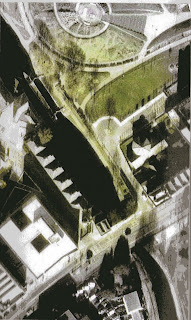

.jpg)





